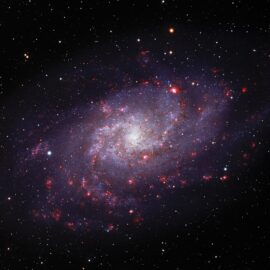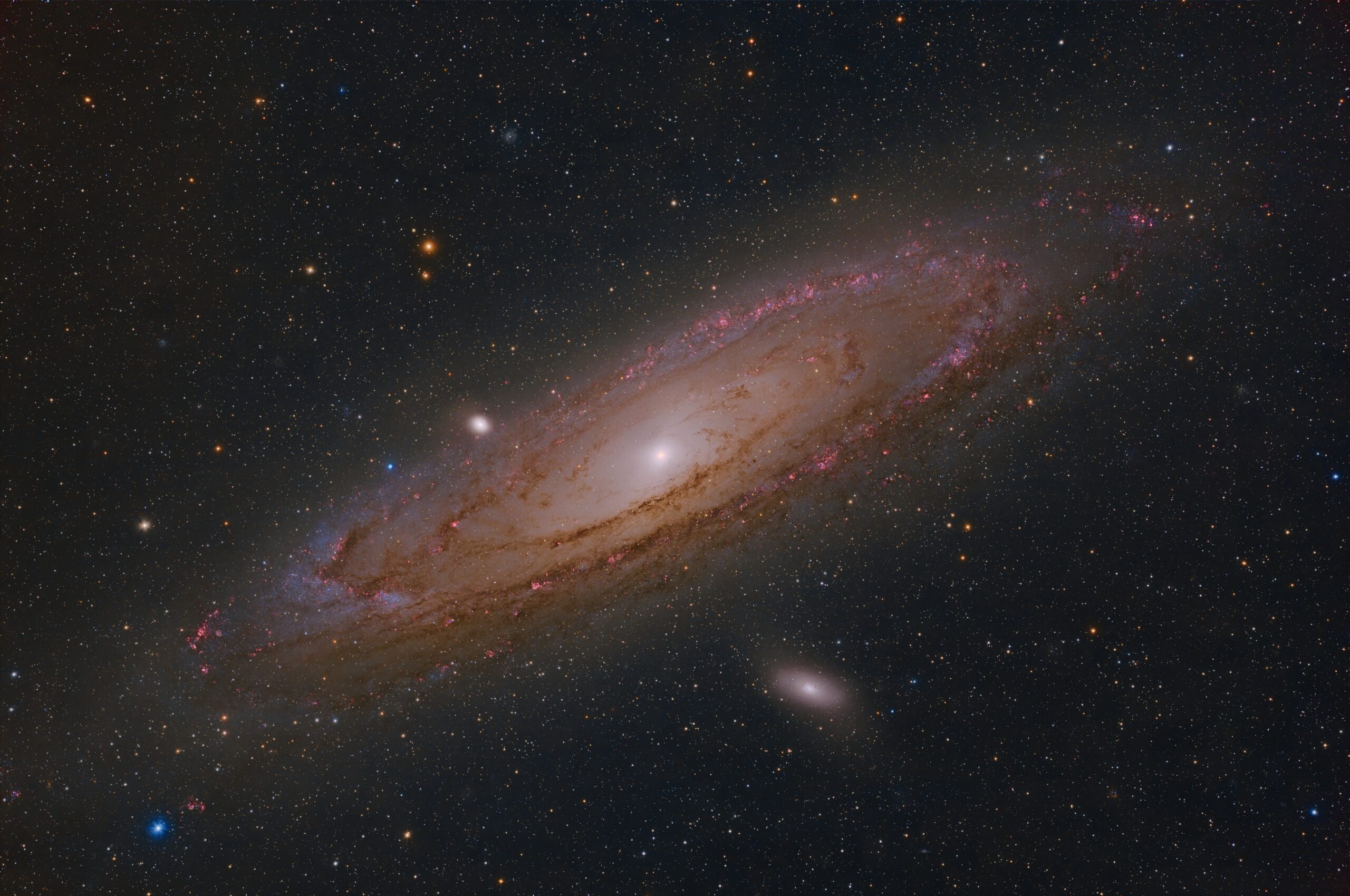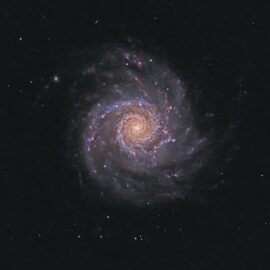Introducing viscous drag and fluid mechanics into what shapes a spiral galaxy. Astrophysicists avoid fluid mechanics like the plague, but understanding this energy disapative force is the only way to understand how spirals work. Shortcuts only lead to weird and fantastic stories, many of which are accepted in popular descriptions. Spiral flow patterns are common here on earth (some, like hurricanes are too common) and so this topic deserves an earthly description.
Narrowband Light & Filters – A Quick Overview

Using the fascinating and recently discovered Squid Nebula (Ou4) as an example, I discuss the use of narrowband filters to image emission nebula. To emit light at specific narrowbands, the right element, degree of stimulation (UV light), and even density must be present. It makes for beautiful images and reveals a lot of structure in the targets.
Torus of Gravity vs Momentum – Galactic Spiral Structure (Part 2)

In this second posting in the series, angular momentum is added as a second force guiding the structure of spiral galaxies. The coupling of angular momentum with gravity leads to the generalization of the overall shape of a galaxy as a torus, or toroidal disc. The gravitational force associated with a toroidal disk is explored and it is far more complex than a spherical shell.
A Bunch of Hydrogen – Galactic Spiral Structure (Part 1)

My first post on this website is the first of five that provide insights into the very misunderstood topic of why galactic spirals are spirals. Here we introduce the two matter ingredients that are necessary to create the structure – hydrogen and a central gravitational structure (a black hole will do). I also introduce the concept of self-gravity via Newton’s Shell Theory – and why a “collapsing molecular cloud” neither explains a galaxy, nor even star formation. Also introduced, is the concept of thermodynamics and how two forms of the same material (hydrogen) makes galaxies even more interesting,


